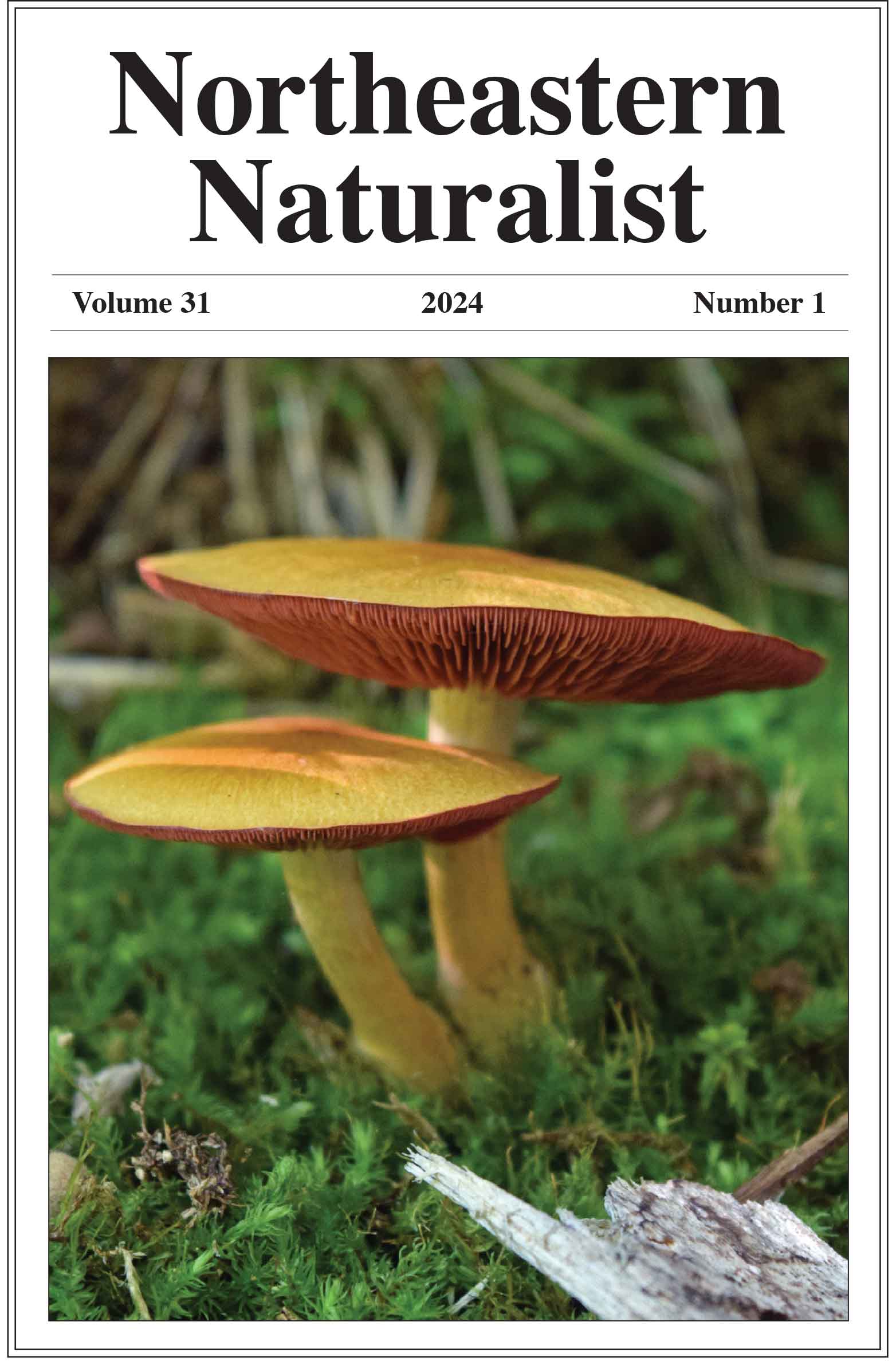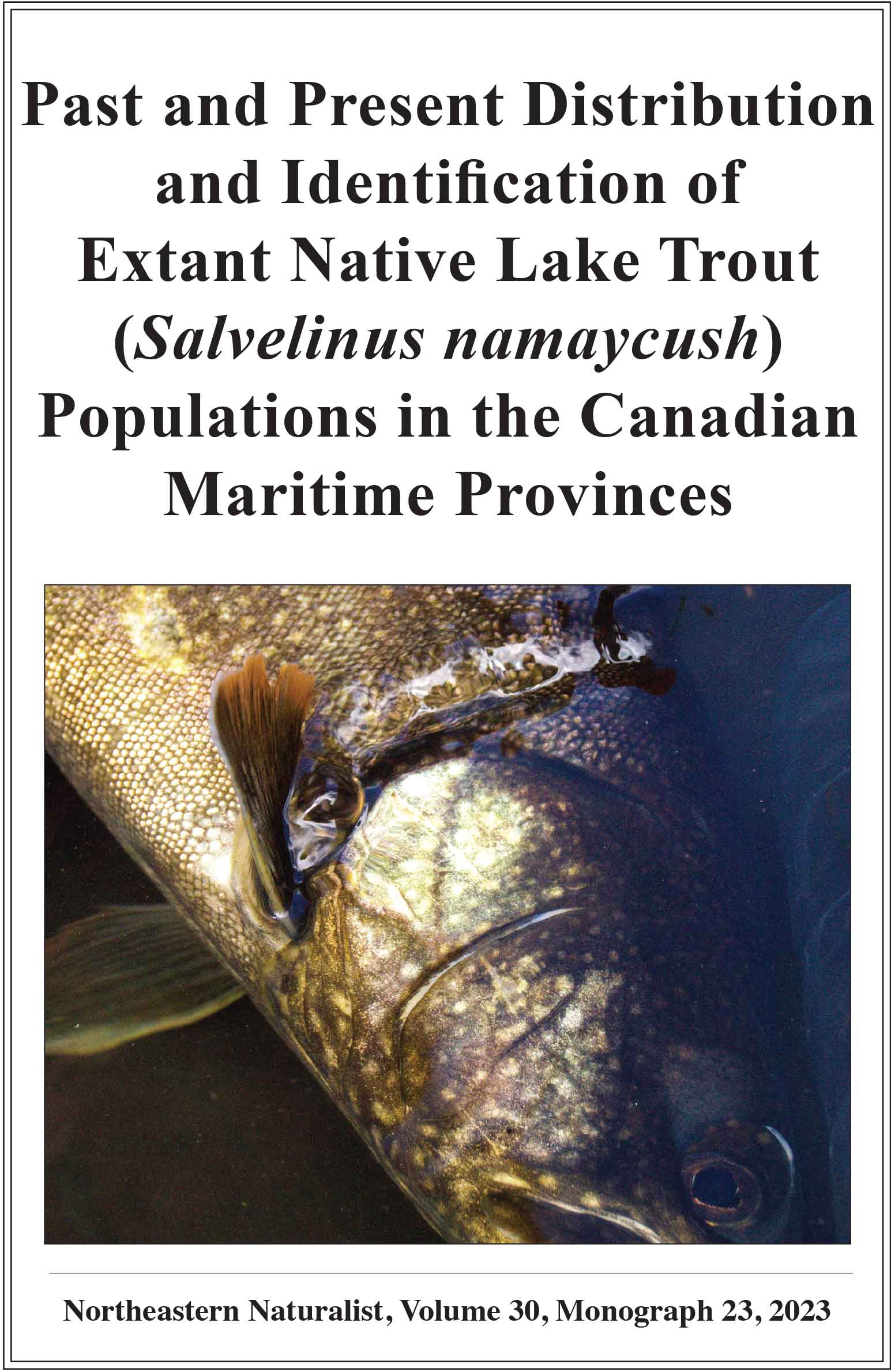Abundance of Songbirds in Eastern Hemlock Stands Following Chemical Treatments for Hemlock Woolly Adelgid
Natalie M. Bekins1,2,* and David R. Brown1
1Department of Biological Sciences, Eastern Kentucky University, Richmond, KY 40403. 2West Michigan Conservation Network, Ottawa Conservation District, Grand Haven, MI 49417. *Corresponding author.
Northeastern Naturalist, Volume 29, Issue 1 (2022): 133–152
Abstract
Chemical treatments are used to protect Tsuga canadensis (Eastern Hemlock) from Adelges tsugae (Hemlock Woolly Adelgid), yet little is known about how avian communities respond. We tested the efficacy of imidacloprid soil drenches on hemlocks and its impact on avian indicator species in the Appalachian Mountains of Kentucky at 65 sites (37 treated) in 2009 and 2018. Percent dead hemlock increased 11%, regardless of chemical treatment. Hemlock had higher vigor in treated sites, but a hemlock-decline index did not differ by treatment. None of 6 indicator bird species showed a significant population response to chemical treatments. Setophaga virens (Black-throated Green Warbler) declined between years across treated and untreated sites, whereas Contopus virens (Eastern Wood-Pewee) increased between years. Treatments positively affected individual hemlocks, but this did not carry over to influence avian species. Hemlock health may need to decline below some threshold before avian species respond.
![]() Download Full-text pdf (Accessible only to subscribers. To subscribe click here.)
Download Full-text pdf (Accessible only to subscribers. To subscribe click here.)
Access Journal Content
Open access browsing of table of contents and abstract pages. Full text pdfs available for download for subscribers.
Issue-in-Progress: Vol. 31 (2) ... early view
Check out NENA's latest Monograph:












 The Northeastern Naturalist is a peer-reviewed journal that covers all aspects of natural history within northeastern North America. We welcome research articles, summary review papers, and observational notes.
The Northeastern Naturalist is a peer-reviewed journal that covers all aspects of natural history within northeastern North America. We welcome research articles, summary review papers, and observational notes.